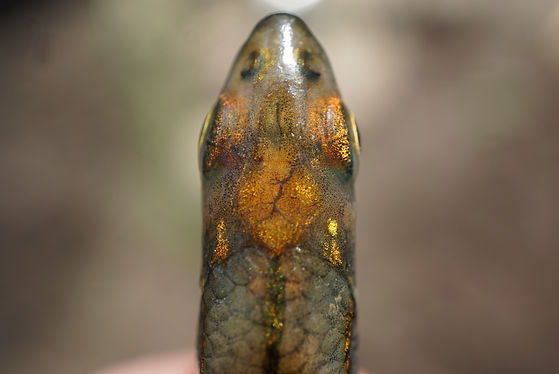General Ecology of Fishes: Carbon (δ13C) and Nitrogen (δ15N) Isotopes to Evaluate Feeding Ecology & Otolith Oxygen (δ18O) Isotopes to Examine Thermal Ecology
We have an interest in applying a variety of stable isotope techniques to help understand the ecology of fish. Stable isotopes provide a valuable tool to evaluate feeding habits, food web structure and thermal use. We employ these techniques to understand trophic interactions among species, how resources are partitioned and to understand the use of autochthonous (aquatic) vs. allochthonous (terrestrial) food resources.


Life History and Population Demographics: Responses to Threats Such as Climate Change and Urbanization
We are keen to explore and understand the wide range of life history traits exhibited by the vast diversity of fish species present on this planet. We find the variation in life history approaches fascinating and aim to understand how life history diversification can help species respond to various threats. Further we are interested in identifying alteration of population demographics in response to anthropogenic threats to help understand and highlight how various human activities may be impacting fish. Currently we focus on the early-life history of Atlantic Herring.
Recruitment and Reproductive Ecology: Understanding Recruitment, Reproductive Output, Spawn Habitat and Spawn Timing in Relation to Ecosystem Factors
Understanding recruitment and reproductive dynamics are imperative to effectively conserve a species. Reproduction is the basis of life, and in fish, spawn timing, reproductive output and recruitment is often influenced or dictated by various ecosystem factors. We are interested in determining how species decide to begin to spawn in response to environmental cues such as cumulative temperature (cumulative growing degree days) and discharge. We are also fascinated by why fish decide to reproduce in a given habitat and the mechanisms underlying spawn habitat selection. Furthermore, we direct research to better understand the mechanisms limiting recruitment in marine fishes, with a focus on Atlantic Herring.
